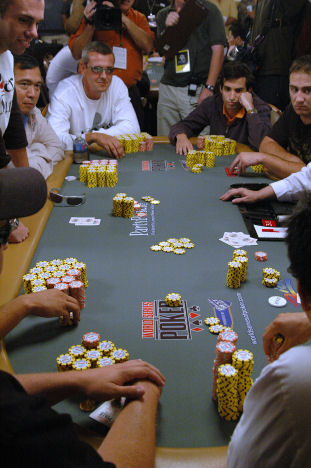 Author: John Gerard Lewis, Gerard Wealth
Author: John Gerard Lewis, Gerard Wealth
Covestor model: Stable High Yield
The Stable High Yield model is now one year old, and the results have been as hoped.
The return on the model, from its inception date of July 7, 2011 through July 9, 2012, was 15.2%, compared to a return of 0.8% for the Standard & Poor’s 500 Index and 7.5% for the Barclays Capital Bond Composite U.S. index.
The concept at inception was to attempt to replicate long-term, stock market returns by pairing high-income securities with short-term bonds. The theory was, and remains, that by offsetting the high-yielding component, which constitutes about 45% of the portfolio, with an extremely stable component (about 40% of the portfolio), a double-digit average annualized return could be achieved.
The other 15% is in a pipeline master limited partnership and two Build America Bond funds, all yielding 5%-6%.
The high-income portion of the model consists exclusively of mortgage real estate investment trusts (mREITs), which today have yields in the 11%-14% range. A year ago, those yields were about 3% higher, so it was a simple exercise to deduce that, prices staying stable, a theoretical return in the area of 10% could be expected.
Of course, price volatility could have undermined the theory, but mREITs stocks tend to have very low volatility. And the high yields would seem to exceed any modest price declines anyway.
Further, the model appeared to be right for the times. The stock market did not appear to be going anywhere a year ago, and indeed it hasn’t.
That is not to say, however, that the Stable High Yield model would not be a good performer during a long-term period of rising stock prices. The model is dependent upon management’s ability to arbitrage short- and long-term interest rates, rather than the trend of the stock market.
Therefore, the metric that especially matters to mREIT CEOs is the yield curve, which has flattened somewhat since Operation Twist was announced last September. With that contracted spread between short- and long-term rates, mREIT yields have been squeezed.
But even so, I’ll take yields of 11%-14% any day. I don’t know whether the stock market will take off in this election year, but I’m not optimistic. In the meantime, I continue to believe that the Stable High Yield model will perform well.


